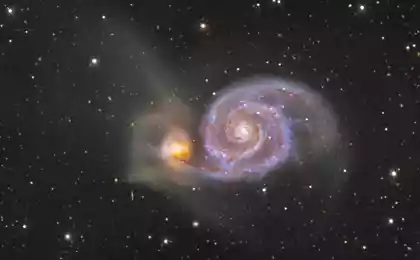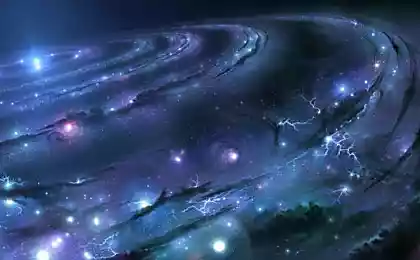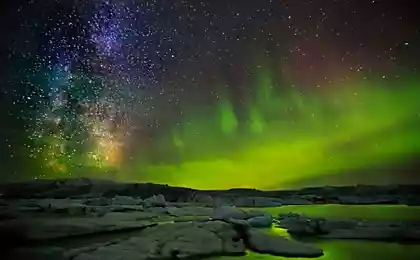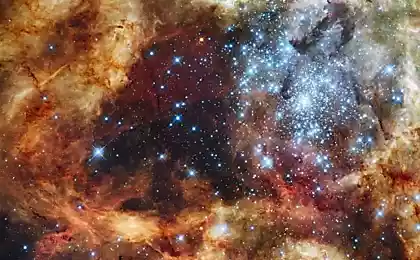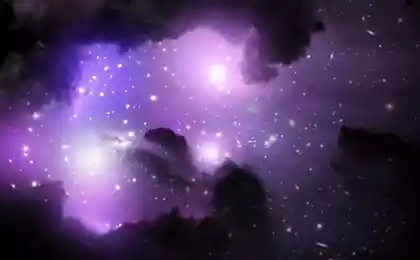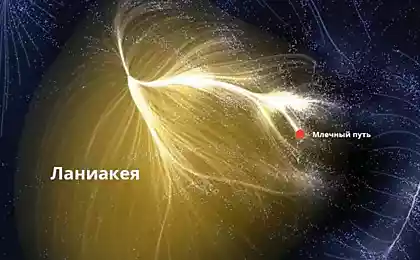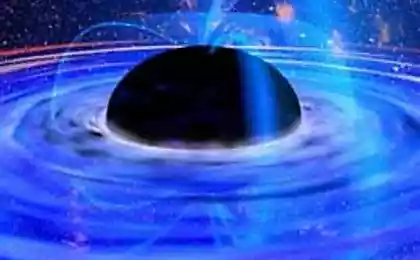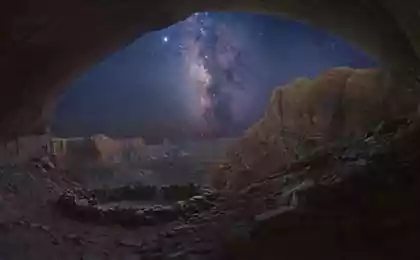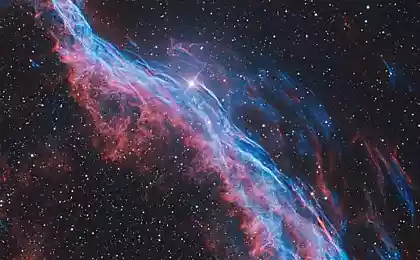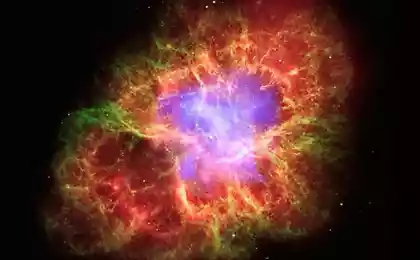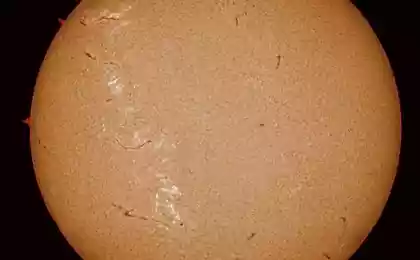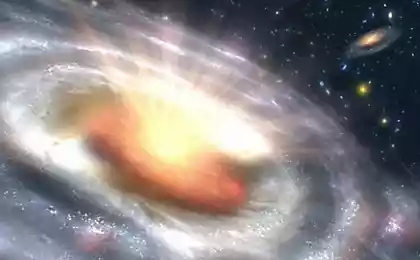580
How could it look like the night sky above the us for 10 billion years ago?

The age of our Sun is only about 4.57 billion years. In other words, it appeared much later than the formation of our milky Way galaxy. But if you were on a planet 10 billion years ago when our galaxy was relatively young, when you look at the night sky it would have looked quite differently compared to how it looks now.
Would look like the night sky about the same, as shown in the artistic representation above, where we can see a young milky Way galaxy, as if we were on Earth, which already existed 10 billion years ago.
"You can see the bright flashes of the birth of new stars and pink clouds of gas and dust surrounding young star clusters", — explained in NASA.
A new study of young galaxies belonging to the same type as ours, show that the formation of new stars, these galaxies eventually slow down its rotation. And scientists from NASA there is an explanation:
"Astronomers have no access to images of young milky Way galaxy, so the only possible way to learn about how she might look in his early years, is the observation of young and similar to the milky Way spiral galaxies, discovered through years of deep space exploration with the most advanced telescopes and technology".
"The deeper scientists look into the Universe, the more they're going backwards in time, as the light of distant, the most distant stars is only now beginning to reach our planet. From these studies, the light older than 10 billion years, the scientists were able to create a photo album containing almost 2000 images of galaxies similar to our milky Way."
"The resulting information gives scientists the most complete at the moment, the idea of how over the past 10 billion years formed our awesome spiral galaxy. This incredible large-scale study involves monitoring the space from the ultraviolet to the far infrared spectrum, which is complemented by observations with space observatories of NASA "Hubble" and "Spitzer", information from the space Observatory Herschel of the European space Agency, as well as many ground-based telescopes, including the Magellan telescopes located in the Observatory of Las Campanas in Chile."
At the selected images below, made space telescope "Hubble", you can see that, over time, developed a spiral galaxy similar to our milky Way.published

Source: hi-news.ru

